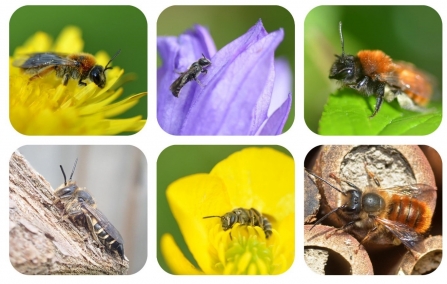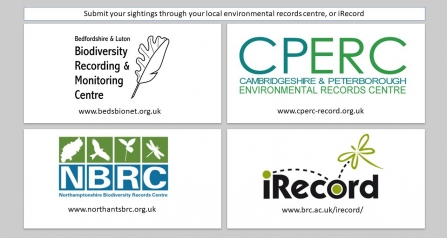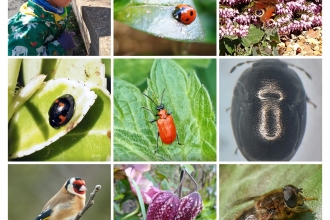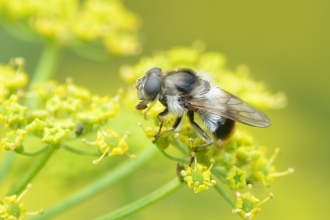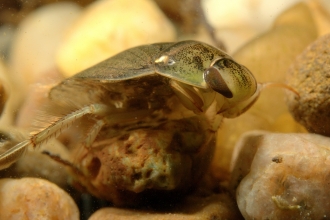Everyone knows about the honey bee that has huge hives and produces honey, but what about Britain’s wild bees? In Britain we have more than 270 species of bee, these range from tiny black species, to large colourful mining bees and bumblebees. These are arguably more important than honey bees and are essential pollinators for our wildflowers and crops. They are found in a wide variety of flower rich habitats including woodlands, grasslands and urban areas. Gardens and local greenspaces are great areas for bees and make ideal places to go for a bee hunt. While many bee species cannot be identified conclusively from photos, many of the species found in gardens can be identified from a series of photos.
Bees lead complex and diverse lives: bumblebees live in colonies with a queen and several workers - the number of workers can range from a dozen to several hundreds. Males and new queens are produced at the end of the nest cycle. Most solitary bees nest alone but some share nest entrances. The female collects pollen and nectar and uses this to provision her nest which can be in the ground or aerially. The range of plants that bees collect pollen from is also remarkably diverse. Some species are specialists, reliant on a small range of plant species, whereas others are generalists and collect pollen from a wide range of plants. A quarter of bee species in Britain are cuckoo bees, these do not collect their own pollen but instead lay their eggs in the nests of other bee species. This includes some solitary bee species, which can look remarkably wasp like, and some cuckoo bumblebee species.


